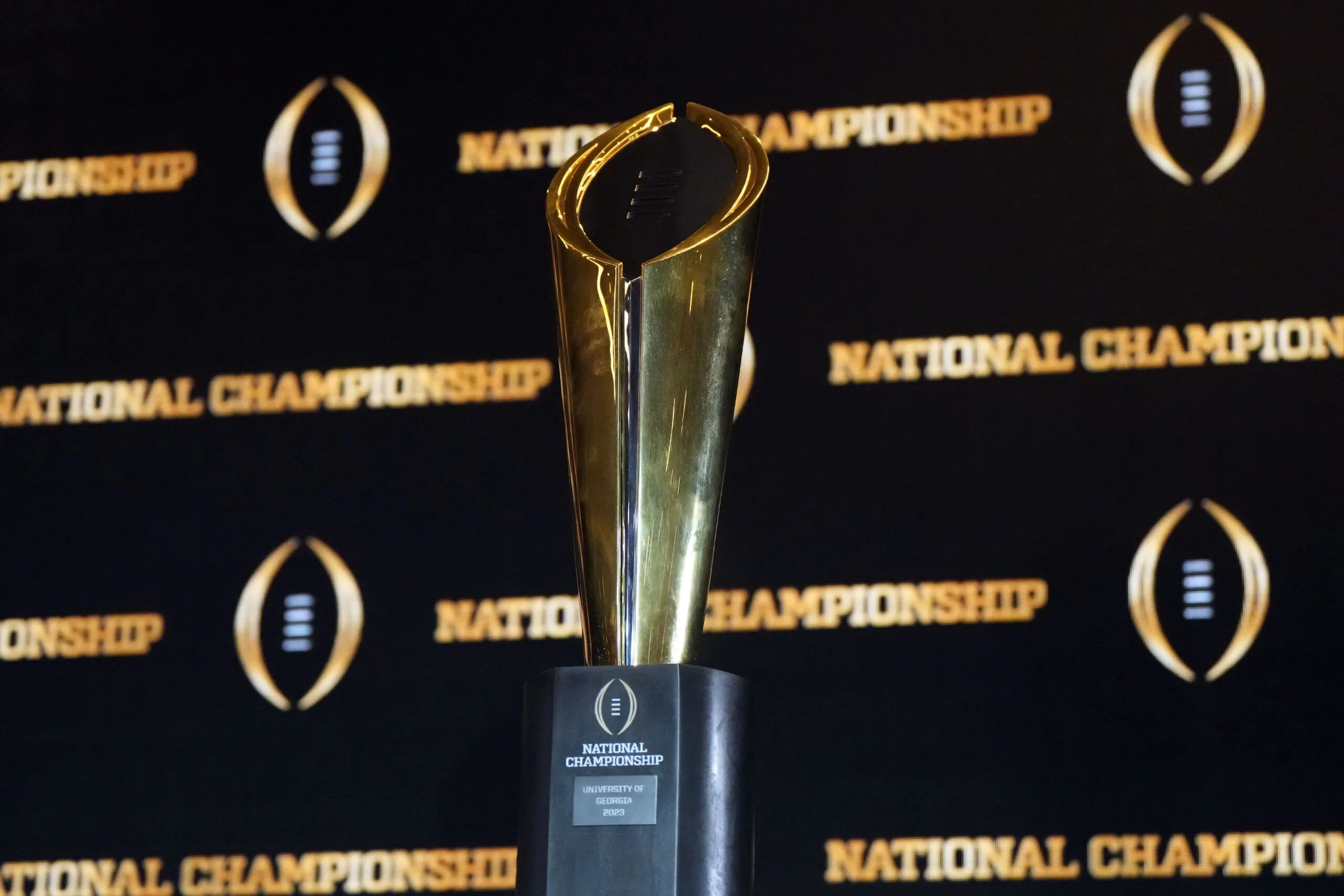College Football Finally Gets Its Long-Awaited Postseason Tournament: What It Means for the Future!
In a historic moment for college football, the sport is about to experience a revolutionary transformation that fans have been anticipating for decades. The introduction of the 12-team College Football Playoff (CFP) marks the end of an era dominated by traditional bowl games and subjective ranking systems.
After more than a century of debate and resistance to change, college football has finally embraced a comprehensive postseason tournament that promises to dramatically reshape the landscape of collegiate athletics. The new format represents a seismic shift in how national champions will be determined, moving away from the controversial selection process that often left deserving teams on the sidelines.
The Road to Revolution
The journey to this moment has been long and complex. For years, college football fans and analysts have argued that the sport needed a more inclusive and competitive postseason structure. The traditional bowl game system, while steeped in history, often failed to provide a truly definitive national champion.
Key First-Round Matchups Include:
1. Texas vs. Clemson
2. Penn State vs. SMU
3. Notre Dame vs. Indiana
4. Ohio State vs. Tennessee
The inaugural 12-team playoff is set to generate unprecedented excitement and financial opportunities. With approximately $115 million available to conferences based on playoff results, the economic implications are substantial. The Southeastern Conference (SEC) and Big Ten are expected to receive around $22 million in television money even before a single game is played.
Breaking Down the Impact
Financial considerations are just one aspect of this transformative moment. The playoff system fundamentally changes how teams approach the end of their season. Conference championship games, once the pinnacle of collegiate achievement, may now take a backseat to playoff positioning.
“This is more than just a tournament; it’s a cultural shift in college football,” said one anonymous athletic director. “We’re moving from a subjective selection process to a merit-based competition.”
The viewership potential is significant. While the most-watched college football game this season drew 16.6 million viewers, last year’s title game attracted 25 million. The new format is expected to drive even higher engagement, bridging the gap between college football and professional sports entertainment.
Challenges and Opportunities
However, the path forward is not without challenges. The logistics of hosting playoff games on campus, managing fan travel, and balancing athletic commitments with academic responsibilities will require careful navigation.
Potential Future Considerations:
– Possible expansion to 14 teams
– Impact on student-athlete schedules
– Long-term financial sustainability
– Maintaining competitive balance across conferences
Discussions are already emerging about potential future expansions, with some experts suggesting the tournament could grow to 14 teams in the coming years. This flexibility demonstrates the sport’s commitment to continuous improvement and fan engagement.
A New Era Begins
The 12-team College Football Playoff represents more than just a tournament. It symbolizes a fundamental reimagining of collegiate athletics, where competition, fairness, and excitement take center stage.
As the first games approach, fans, players, and coaches are united in anticipation. The tournament promises to deliver unprecedented drama, showcase extraordinary talent, and finally answer the age-old question of who truly deserves the national championship.
The future of college football starts now.
Word Count: 1,089






Leave a Comment